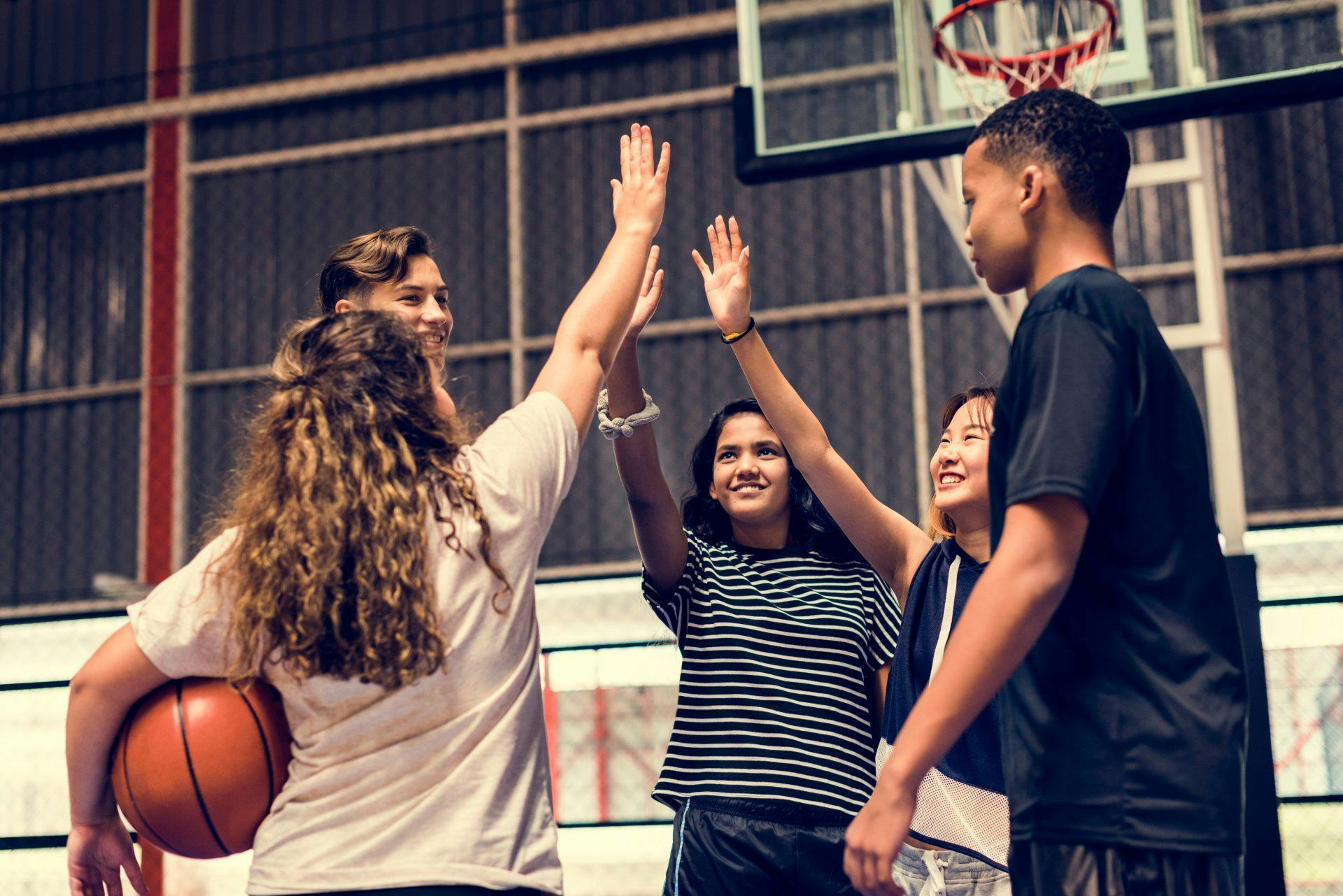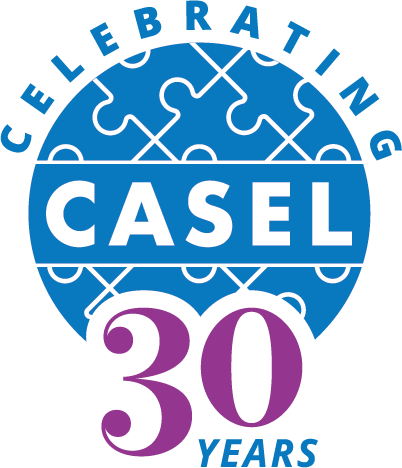
Key Points
Back to top- A CASEL staff member recounts the experience that sparked their interest in using SEL in the classroom.
- He describes how time spent informally on the basketball court built relationships with students that carried over into the classroom.
- This further sparked his interest in developing an after-school SEL program.
Though I’m a former teacher, my first encounter with social and emotional learning (SEL) didn’t happen in the classroom. Instead, it took place on a basketball court.
I was a teacher at an alternative school that helped kids connect with education by starting a business. The academic curriculum supported this goal; students learned business math, writing to support a business, and so forth. I’ve always been entrepreneurial, and I’m dedicated to student growth, so it seemed like a perfect fit.
The teaching was fulfilling, but I soon realized there was more to this profession than class time and lessons. I wanted to connect more fully with my students, and since I’m a big fan of basketball, I started shooting hoops with my students after school.
To my surprise, I found time on the court reaped big benefits in the classroom. The difference I experienced in class was like day and night. Because my students had interacted with me not as a teacher but as a team member and a person, they started behaving differently during the school day. They began to treat me with more respect. Classroom management issues virtually stopped.
Spurred on by this success, I wanted to see how more intentional out-of-school time programming might deepen this positive impact. I partnered with a local nonprofit to create an after-school mentorship program. My hope was to provide a more consistent and coherent context for students to get the guidance and attention they need during their education.
This “experiment” led to a deeper investment in focusing on out-of-school time programming—and an introduction to SEL. The nonprofit that had supported me in my grassroots mentoring program offered me a job to create an all-new afterschool program.
I told my mentor, Seth El-Jamal, that I wanted to create a program that focused on connection, relationship-building, and real-world skills such as goal-setting. “Oh, what you’re describing is social and emotional learning,” my mentor said. Finally, I had a name to put to the type of support I wanted to provide to students.
Our program would serve students in fourth through seventh grades. Our partner school would identify appropriate participants, promote the program, and provide the space and resources we’d need. I would develop and provide the programming, plan the execution, and oversee the staff who were provided by my organization.
What we developed was a program that would meet three times per week for two and a half hours during the school year and one week as a summer camp. Now that I knew what SEL was, I used the CASEL framework to guide the planning and design of the program and adopted an evidence-based SEL curriculum.
Each program session began with an icebreaker to connect with and get to know the kids. Next came tutoring and homework help, followed by lessons on important life skills topics (and SEL skills, I would come to learn) such as goal-setting, preparing for the future, and responsible decision-making. We also offered electives like basketball and improv, and field trips that matched students’ career aspirations. (We also provided “just-for-fun” field trips, such as trips to sporting events. Everyone needs a break now and then!)
Over the course of my time with the program, I met so many students and forged so many connections, but there’s one student who stands out in my mind. He had faced emotional challenges and eventually had to take a break from us because of his behavioral issues. Later, I ran into him during a bus ride. He approached me to apologize and explained that he had been upset and acting out because he’d heard he’d soon be aging out of the program. He thanked me for what we’d provided and said it had meant a lot to him.
The dean at this student’s school later told me there’d been a tremendous change in his academic progress and his behavior after participating with us. The program gave him something to look forward to and a place where he had positive relationships with people who would guide him, let him vent about experiences at school, and get to be himself.
How do I understand this story? For me, it illustrates how impactful this kind of wrap-around SEL programming can be. SEL after school and in the classroom doesn’t detract from academics; it supports teaching and learning both in the classroom and without.
But I also see how three years of programming is not enough. This student saw the benefit of SEL in after-school time, and he wanted more. But we weren’t empowered to give him more. And that’s something our larger systems—schools and districts, state-level and federal-level policy—should focus on: making SEL an integral part of their education, whether in school or an after-school program.
I’ve long since left the field of after-school programming, but I still bear that early lesson in SEL in mind. Since coming to CASEL as digital communications manager, I’ve learned more about SEL and its importance in after-school. I’ve also realized in retrospect how important it is to apply our social and emotional skills to develop strong partnerships between after-school programs and schools. For example:
Relationship skills support the ability to build connection and trust with those who are key to the success of the program. Number 1 on that list is the principal. It’s only with this leader’s buy-in and ownership of the program’s success that you’ll be able to sustain the work.
Social awareness allows you to take the perspective of the school community you are serving. Another one of my mentors, Terri Loso, taught me that with this point of view, you focus on their assets and input rather than applying a deficit-mindset to their needs and viewing yourself as some “great savior” from the outside.
Curiosity and collaboration skills drive a desire and capacity to learn more about the school before you present a plan for your program. Rather than imposing a “one-size-fits all” program, you listen to their needs and adjust your programming for their unique context.
When we apply these SEL skills to our relationship with schools and follow the gold standard of a school community that provides an experience of SEL that stretches beyond the school day, we co-create a supportive, consistent, and comprehensive context for student learning and growth.
Related Posts:
- Massachusetts is Leading Another Revolution – This Time in Sports
- From a Torn ACL to Coaching With SEL
- SEL Skill-Building at Summer Camp
Write for Us
Back to topAre you interested in writing for CASEL’s blog, Constellations? Learn more about what we’re looking for and how to pitch your idea!

